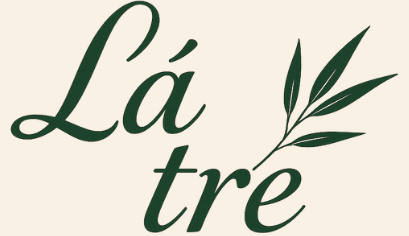Poetry often thrives on evocative language, complex structures, and expansive themes. Yet, a fascinating corner of the poetic world explores the absolute minimum: the shortest poem. This pursuit challenges our very definition of poetry, asking how much meaning, emotion, or insight can be packed into the fewest possible words or even letters. The debate over the true “shortest poem” is lively, with several notable contenders pushing the boundaries of brevity.
One of the most famous contenders is Strickland Gillilan’s piece, originally titled “Lines on the Antiquity of Microbes.” Written in 1927, its lengthy title is ironically contrasted by its minuscule form, a simple couplet:
Fleas
Adam had 'em.This poem, later often simply referred to as “Fleas,” is lauded for its conciseness and wit, using just four words and its title to deliver a complete, humorous thought on the timelessness of irritating pests. It adheres to a traditional couplet structure, albeit an extremely compressed one, making it easily recognizable as a poem.
 Desk with an open book and pen, symbolizing writing very short poems
Desk with an open book and pen, symbolizing writing very short poems
However, the search for the shortest poem delves even deeper into minimalism. Conceptual poets have experimented with single characters. Aram Saroyan’s “M” poem, created in the 1970s, is a single, four-legged letter “M”.
MInterpreting such extreme minimalism requires a different lens. Literary critics, like Bob Grumman, have suggested that Saroyan’s “M” evokes ideas about the alphabet’s structure (“between its m and n”) or existential states (“an ‘am’ times one-and-a-half”). While challenging for some readers, it performs a key function of poetry: prompting thought and multiple interpretations. If you appreciate exploring unique and compressed forms, you might also enjoy discovering short cool poems that play with language and structure in different ways.
Following Saroyan, J.W. Curry presented his own single-character poem, which uses the poet’s thumbprint to form the dot of the letter “I”.
This work adds a layer of personal identity and visual art to the minimalist form. The thumbprint emphasizes individuality, making the “I” not just a letter but a unique self-assertion. Some argue this makes it the shortest poem, blending text and image in a profound way, though Saroyan’s verbal “M” arguably predates it in the one-character category.
Beyond these highly experimental examples, other poets have embraced extreme brevity within more recognizable structures. William C. Wilkinson’s two-word poem, “Tears,” uses minimal text to evoke a powerful image and emotion:
Tears
I. Cry.This concise declaration captures the essence of the experience with stark simplicity. Exploring brief forms can highlight how even a few carefully chosen words can carry significant weight. For instance, contemplating short poems about someone special demonstrates how deep emotions can be conveyed without extensive verse.
The debate over the absolute shortest poem continues. Is it the wittiest couplet, the most compressed character, or the poem that most effectively combines form and meaning in its brevity? While a definitive winner may remain elusive, the exploration of the shortest poem serves as a fascinating reminder that poetry can be found in the most unexpected, minimal forms, constantly challenging our perceptions of art and language.
